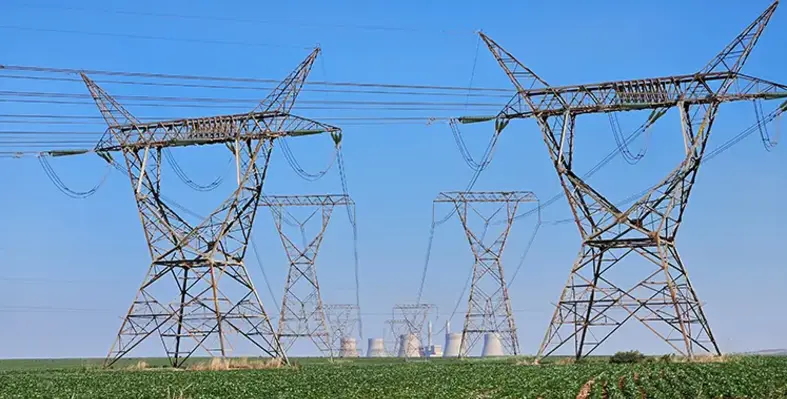Kevin Parkes, head of business development AMEAPAC at Aggreko, talks fast and flexible power and the value of grid stability for African utilitiesAfrica’s rapid integration of renewable energy is intensifying the challenge of balancing power supply and demand on the continent’s grids. The transition is urgent because most grid infrastructure was built for centralised fossil-fuel generation which is easier to manage than the variable and intermittent nature of solar and wind power. Grid operators across the continent need to find smarter ways of preparing for a future where stability can’t be guaranteed by traditional baseload plants alone.According to the International Energy Agency (IEA), renewables accounted for 30% of global electricity generation in 2023 and this figure is expected to increase to 37% in 2026. In Africa, they account for around 25% of electricity generation as of 2024, which is still significantly below the average but is comprised of hydro with solar and wind forming a growing proportion. While behind the global levels, renewables are changing energy planning on the continent, putting pressure on systems to respond more effectively to fluctuations in frequency or demand. Grids face higher risks of blackouts, damage to infrastructure and rising operational costs if not.Without fast-acting reserve capacity, systems can collapse in seconds. In July 2022, Oman experienced a nationwide blackout that lasted more than five hours. It affected homes, hospitals, airports and critical infrastructure and was linked to overstretched capacity and lack of real-time balancing. The incident exposed gaps in system planning and response coordination and emphasised the importance of balancing power.Balancing power – the ability to reserve capacity that can be activated instantly to correct real-time mismatches between supply and demand – provides the speed and control required. The grid’s balancing system must be capable of responding to sudden drops in renewable output, surges in demand or frequency deviations and voltage instability. Industry best practice suggests that maintaining a reserve margin capable of covering the largest credible contingency plus extra capacity for forecasting errors is the best way forward.However, too much reserve increases costs and too little creates risks. Balance is key and it comes with a strategic mix of technologies, planning and regulatory support. And in Africa, where many utilities are already dealing with ageing infrastructure, energy theft and uneven demand patterns, the need for balancing power is critical. It needs to become a central part of grid reliability.Modern grids are increasingly investing in alternatives to create this balance. Fast-ramping engines and gas turbines are offering a smart and rapid start route to load balancing as they can follow load more efficiently. Reciprocating engines can deliver up to 60% more long-term value than aero-derivative turbines due to lower fuel costs and more flexibility. Another option is to combine renewables with advanced battery storage as these smooth out frequency and voltage disturbances. They are particularly effective with solar and wind.Smart grid technologies are other considerations as they introduce intelligent capabilities such as real-time monitoring, automation and control for faster detection and response to load imbalances. Hybrid power systems combine renewables with thermal and battery systems, and they are proving a reliable route to managing efficiencies and emissions performance across a utility’s power portfolio. Finally, vehicle-to-grid (V2G) solutions, while still in the early phase of development, are a growing solution that can support load balancing effectively.What does this mean for Africa? Well, across vast distances and varied infrastructure, grid conditions vary widely. Balancing power gives operators the tools they need to manage uncertainty while still prioritising the much-needed integration of new solar and wind plants without destabilising the grid. This provides a path to decarbonisation that is both practical and performance based.Balancing power solutions give African entities the ability to respond to load fluctuations and changes while keeping the continent’s energy profile consistently moving towards one that is renewable, reliable and clean.Read more:






